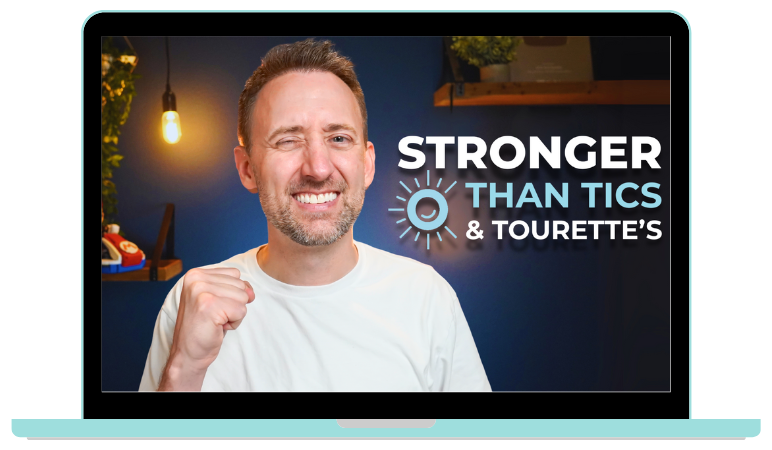
Transgender OCD, a subtype of Obsessive-Compulsive Disorder (OCD), is an often misunderstood and misdiagnosed condition. It revolves around intrusive, distressing thoughts and doubts related to one's gender identity. These thoughts can cause significant anxiety and can be particularly troubling for individuals who do not identify as transgender. By understanding the symptoms, we can better support those affected and guide them toward appropriate treatment.
Unrelenting Intrusive Thoughts
One of the most common symptoms of Transgender OCD is the presence of intrusive thoughts. These thoughts are unwanted and cause significant distress. A person may constantly question their gender identity, despite having a clear sense of their gender. These thoughts can feel overwhelming and persistent, often leading to a cycle of anxiety and doubt.
Compulsive Checking and Reassurance Seeking
To alleviate the anxiety caused by intrusive thoughts, individuals with Transgender OCD may engage in compulsive behaviors. These can include repeatedly checking physical characteristics, such as one's voice or body, to reassure themselves of their gender. They may also seek reassurance from others, asking friends or family if they appear to be their identified gender. This behavior, although temporarily relieving, often exacerbates the condition in the long run.
Avoidance Behaviors
Avoidance is another hallmark symptom of Transgender OCD. Individuals may avoid situations, people, or activities that trigger their intrusive thoughts. For instance, someone might avoid looking in mirrors, changing clothes, or engaging in social interactions for fear of their gender identity being questioned. This avoidance can significantly impact daily life, limiting personal and professional opportunities.
Perfectionism and Hyper-Analysis
People with Transgender OCD often exhibit perfectionistic tendencies, hyper-analyzing their thoughts and feelings about gender. They may spend hours dissecting past behaviors or emotions, searching for evidence that confirms or denies their gender identity. This hyper-analysis can be mentally exhausting and detract from their ability to enjoy life.
Emotional Distress and Anxiety
The constant battle with intrusive thoughts and compulsive behaviors can lead to severe emotional distress. Individuals may experience heightened levels of anxiety, depression, and a sense of hopelessness. This emotional turmoil can impact their overall well-being, making it challenging to engage in everyday activities and maintain healthy relationships.
Difficulty Accepting Certainty
Transgender OCD thrives on uncertainty and doubt. Even when an individual feels confident in their gender identity, they may struggle to accept this certainty. They might continually question their feelings, fearing that they might change in the future. This perpetual doubt can prevent them from finding peace and can severely impact their mental health.
Impact on Relationships
Transgender OCD can strain personal relationships. The constant need for reassurance and the emotional distress experienced by the individual can be challenging for loved ones to understand and support. Open communication and seeking professional help are crucial in managing these relationships effectively.
Seeking Professional Help
Recognizing the symptoms of Transgender OCD is the first step toward seeking help. Cognitive-behavioral therapy (CBT), particularly Exposure and Response Prevention (ERP), has shown to be effective in treating OCD. These therapies help individuals confront their fears and reduce the compulsive behaviors associated with the disorder. Medications, such as selective serotonin reuptake inhibitors (SSRIs), may also be prescribed to manage symptoms.
Conclusion: Path to Recovery
Transgender OCD is a challenging condition that can cause significant distress and disrupt daily life. However, with the right support and treatment, individuals can manage their symptoms and lead fulfilling lives. If you or someone you know is struggling with these symptoms, seeking professional help is essential. Understanding and compassion from friends and family can also make a profound difference in the journey toward recovery.
Author

Nathan Peterson
Licensed Clinical Social Worker
Recent Posts
Categories















